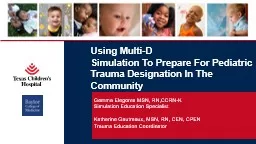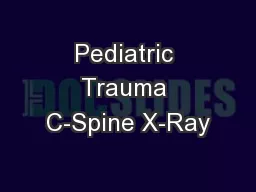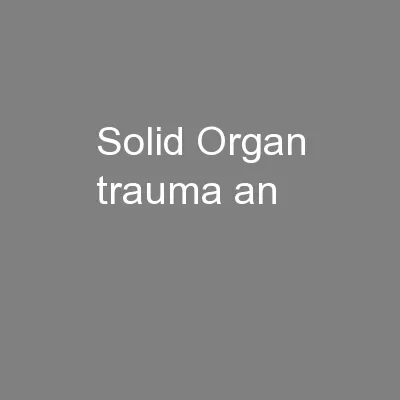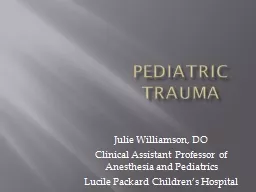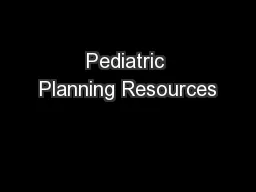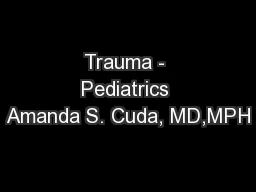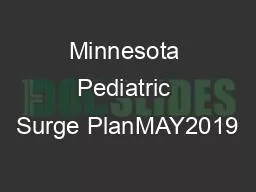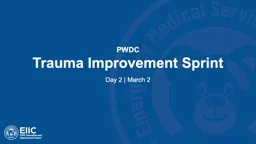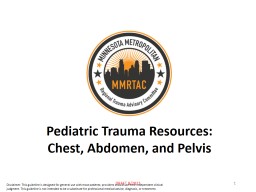PPT-Using Multi-D Simulation To Prepare For Pediatric Trauma Designation In The Community
Author : stefany-barnette | Published Date : 2020-01-22
Using MultiD Simulation To Prepare For Pediatric Trauma Designation In The Community Gemma Elegores MSN RNCCRNK Simulation Education Specialist Katherine Gautreaux
Presentation Embed Code
Download Presentation
Download Presentation The PPT/PDF document "Using Multi-D Simulation To Prepare Fo..." is the property of its rightful owner. Permission is granted to download and print the materials on this website for personal, non-commercial use only, and to display it on your personal computer provided you do not modify the materials and that you retain all copyright notices contained in the materials. By downloading content from our website, you accept the terms of this agreement.
Using Multi-D Simulation To Prepare For Pediatric Trauma Designation In The Community : Transcript
Download Rules Of Document
"Using Multi-D Simulation To Prepare For Pediatric Trauma Designation In The Community "The content belongs to its owner. You may download and print it for personal use, without modification, and keep all copyright notices. By downloading, you agree to these terms.
Related Documents

